Investing in prescription safety glasses is essential for protecting your eyes at work, during sports, or while tackling weekend DIY projects. According to healthcare experts, wearing the correct protective eyewear can prevent up to 90% of eye injuries.
With a wide range of frames, lens materials, and tints available, choosing the right pair of safety glasses can feel overwhelming. To help, we’ve outlined some key considerations. For personalized guidance, visit your optometrist in Edmonton for an eye exam and professional advice tailored to your needs.
How to Identify and Choose the Right Safety Glasses
1. Recognizing Certified Safety Glasses
Not all safety glasses are created equal. According to the Canadian Standards Association (CSA), many people wear the wrong type of safety eyewear for their activities. Look for safety glasses that meet the CSA Z94.3 standard (or ANSI Z87.1-2015 in the U.S.). Approved safety glasses are often marked with the CSA or ANSI logo or include certification documentation in their packaging.
2. Choosing the Best Lens Material
The CSA recommends lenses made from:
- Polycarbonate: Lightweight, impact-resistant, and often includes built-in UV protection.
- Trivex: Offers greater impact resistance than CR-39 plastic but slightly less than polycarbonate.
- CR-39 Plastic: Resistant to solvents and scratches, and lighter than glass.
Avoid glass lenses, as they do not meet impact resistance standards for safety glasses.
3. Understanding Plastic vs. Polycarbonate Lenses
While both are durable, there are differences:
- CR-39 Plastic: A thermoset material that cannot be reshaped when heated. Commonly used for general prescription glasses.
- Polycarbonate: A thermoplastic material that can be molded, making it ideal for high-impact safety glasses.
4. Selecting the Right Lens for Your Work Environment
Different industries require varying levels of eye protection, such as:
- Protection from flying objects or particles.
- Defense against acid splashes or chemical exposure.
- Shielding from glare, heat, or sparks.
Your optometrist can recommend glasses tailored to your specific workplace hazards.
5. Choosing Lens Colours and Tints
Lenses come in various types, each suited to different conditions:
- Clear lenses: General protection without tint.
- Grey lenses: Ideal for harsh sunlight and glare.
- Amber, copper, or rose tints: Enhance contrast in varying light conditions.
- Polarized or photochromic lenses: Reduce glare and adapt to changing light levels.
Consult your eye doctor to ensure you choose the right lens for your needs, as not all tints provide the same level of UV protection.
6. Ensuring a Proper Fit
For optimal safety and comfort, your safety glasses should:
- Fit snugly and sit close to your face.
- Be supported by the bridge of your nose without pinching.
- Have temples that rest comfortably over your ears.
Poorly fitting glasses can compromise both protection and vision clarity.
7. Caring for Your Prescription Safety Glasses
Proper maintenance will extend the lifespan of your safety glasses and ensure they perform as intended:
- Clean your glasses daily, following the manufacturer’s instructions.
- Store them in a protective case in a clean, dry location.
- Replace scratched, pitted, broken, or bent glasses immediately. Damaged lenses impair vision and compromise safety.
- Use only original manufacturer parts for repairs to maintain safety certification.
Protect Your Vision with Expert Guidance
Choosing the right pair of prescription safety glasses is crucial for your eye health and safety. At The Optometrists’ Clinic Inc., we offer a wide selection of protective eyewear from trusted manufacturers. Whether you need glasses for industrial work, sports, or DIY projects, our experienced opticians can help you find the perfect pair.
Book Your Eye Exam Today
Take the first step in safeguarding your vision. Contact The Optometrists’ Clinic Inc. to learn more about prescription safety glasses or visit one of our convenient Edmonton locations to book your eye exam today.



